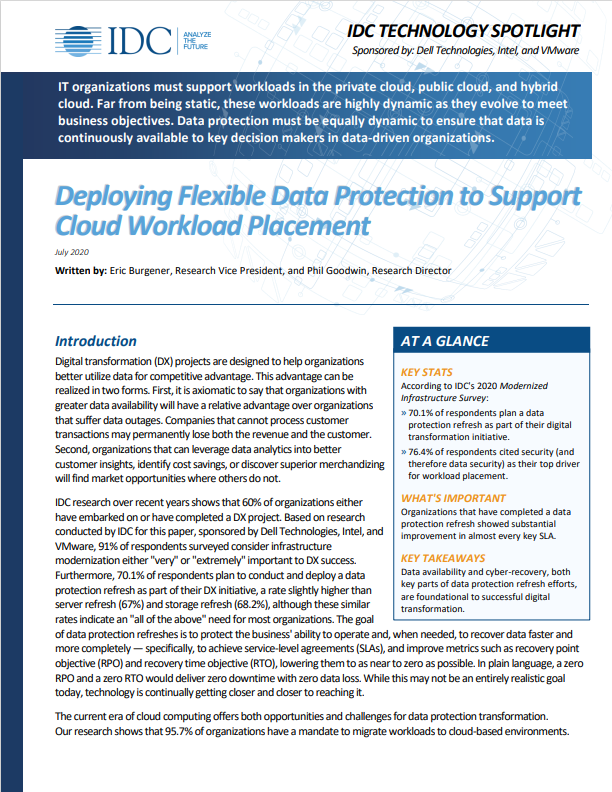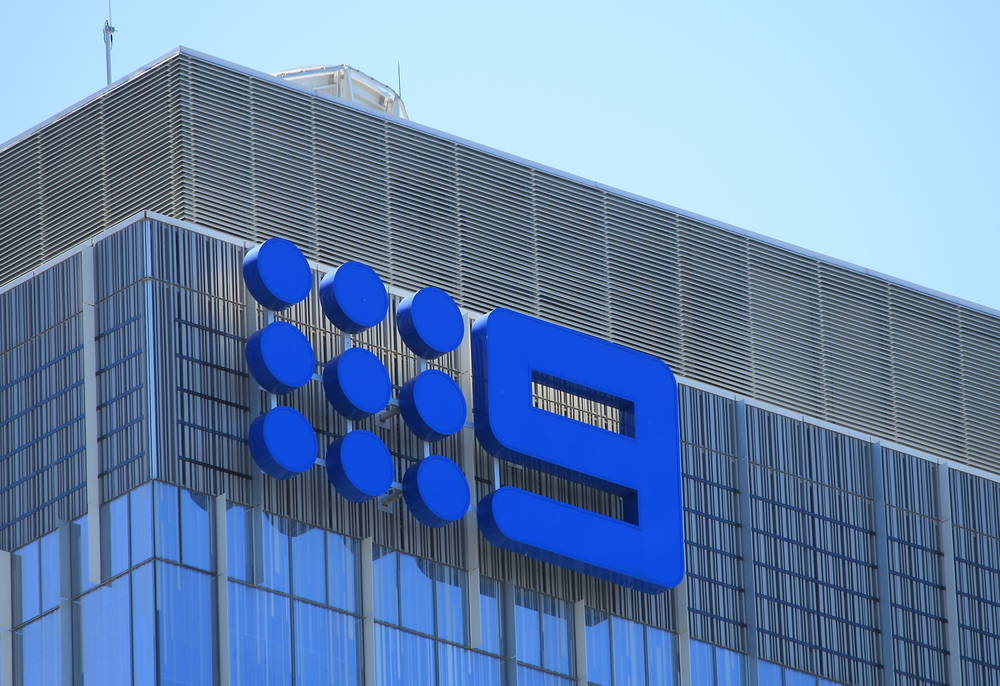How much is 99.999% uptime actually worth?
Many service providers claim 99.999% uptime, but what does this actually mean?


Businesses often pride themselves on the level of service they provide, with the gold standard service level agreement being an uptime of 99.999 percent.
In essence, this standard means service providers guarantee a certain level of reliability and minimal downtime. In fact, a 99.999 percent uptime certification means that the service or application will only be down for approximately five minutes and 15 seconds every year.
While this may seem like great news for businesses and customers alike, this gold standard level of service is not without its drawbacks.
Primarily, this level of uptime comes at a cost. Usually the price of a service will increase exponentially with each additional “nine” of uptime, so IT leaders need to ask themselves whether such a high level of availability is worth it.
To put this into context, a 99.9 per cent uptime guarantee would equate to more than eight hours of downtime each year. This may not seem like much, particularly given that the entirety of these eight hours may not fall into working hours, but the disruption caused by the downtime depends on each particular business and the services that it needs.
Most companies, for example, would not require 99.999 percent availability on their internet service because of the logistic and financial difficulties of such a feat. Firms would need to pay for additional connections that would usually remain redundant, and a multi-WAN device to enable the transition to occur. Unless your business simply cannot afford to be disconnected, the financial outlay of high availability may not be justifiable.
The fact that even technology giants like Google cannot always guarantee 99.999 percent availability highlights the difficulty involved. In 2013, Gmail was available 99.978 per cent of the time, which for most businesses and individuals represents a more-than-adequate service.
Get the ITPro daily newsletter
Sign up today and you will receive a free copy of our Future Focus 2025 report - the leading guidance on AI, cybersecurity and other IT challenges as per 700+ senior executives
SMEs, in particular, need to carefully assess whether they need a “five nines” level of uptime, at a stage of their development where finances are tight and could be directed more effectively. This is particularly true when you consider the difference between unexpected and expected downtime.
If a service provider is guaranteeing a 99.9 percent standard, for example, but a set amount of the expected downtime will come from scheduled maintenance and upgrades, this will limit the disruption caused to a business.
While SMEs are pushing an increasing amount of their finances into technology, it is important to remember to budget reliably. IT leaders need to consider that achieving high reliability requires more servers, whether on-site or in the cloud, additional software components and added complexity. These extra costs need to be weighed against the risk of potential downtime and lost business to assess what service agreement is right for your particular needs.
Choosing whether the “five nines” service agreement is viable for your company is an important decision for businesses.
Barclay has been writing about technology for a decade, starting out as a freelancer with IT Pro Portal covering everything from London’s start-up scene to comparisons of the best cloud storage services. After that, he spent some time as the managing editor of an online outlet focusing on cloud computing, furthering his interest in virtualization, Big Data, and the Internet of Things. Barclay's role at IT Pro Portal also allowed him to gain knowledge of SEO and social media hashtags, as well as take part in a press trip or two. He eventually returned to freelancing, writing news and feature pieces for TechRadar Pro. Cloud remains a primary interest but he’s also happy covering the hardware and software that powers productivity in workplaces around the world as they attempt to manage the transition to hybrid working.
-
 Bigger salaries, more burnout: Is the CISO role in crisis?
Bigger salaries, more burnout: Is the CISO role in crisis?In-depth CISOs are more stressed than ever before – but why is this and what can be done?
By Kate O'Flaherty Published
-
 Cheap cyber crime kits can be bought on the dark web for less than $25
Cheap cyber crime kits can be bought on the dark web for less than $25News Research from NordVPN shows phishing kits are now widely available on the dark web and via messaging apps like Telegram, and are often selling for less than $25.
By Emma Woollacott Published
-
 Veeam snaps up former Gigamon channel chief Larissa Crandall
Veeam snaps up former Gigamon channel chief Larissa CrandallNews Industry veteran will lead Veeam’s channel business as vice president of global channel and alliances
By Daniel Todd Published
-
 Deploying flexible data protection to support cloud workload placement
Deploying flexible data protection to support cloud workload placementWhitepaper Why data availability and cyber recovery are foundational to successful digital transformation
By ITPro Published
-
 RiverMeadow unveils multi-cloud disaster recovery solution
RiverMeadow unveils multi-cloud disaster recovery solutionNews The new capability helps protect VMware vSphere workloads both on-premises and in the cloud
By Praharsha Anand Published
-
 US government warns of increased risk of ransomware over holiday season
US government warns of increased risk of ransomware over holiday seasonNews CISA and FBI issue joint statement warning organizations not to let their guard down
By Rene Millman Published
-
 Property firm cyber attack leaves home movers in the lurch
Property firm cyber attack leaves home movers in the lurchNews Simplify Group customers were left unable to move house due to a systems outage
By Zach Marzouk Published
-
 Free decryptor key for REvil/Sodinokibi ransomware released
Free decryptor key for REvil/Sodinokibi ransomware releasedNews The key was made possible thanks to a collaboration between law enforcement and Bitdefender
By Rene Millman Published
-
 Datto launches its business continuity solution for Azure
Datto launches its business continuity solution for AzureNews Datto Continuity for Microsoft Azure helps MSPs recover data within minutes of an outage
By Praharsha Anand Published
-
 Australia's Channel 9 hit by cyber attack during live broadcast
Australia's Channel 9 hit by cyber attack during live broadcastNews A separate IT outage at Australia's Parliament House sparks fears of a coordinated attack
By Bobby Hellard Published